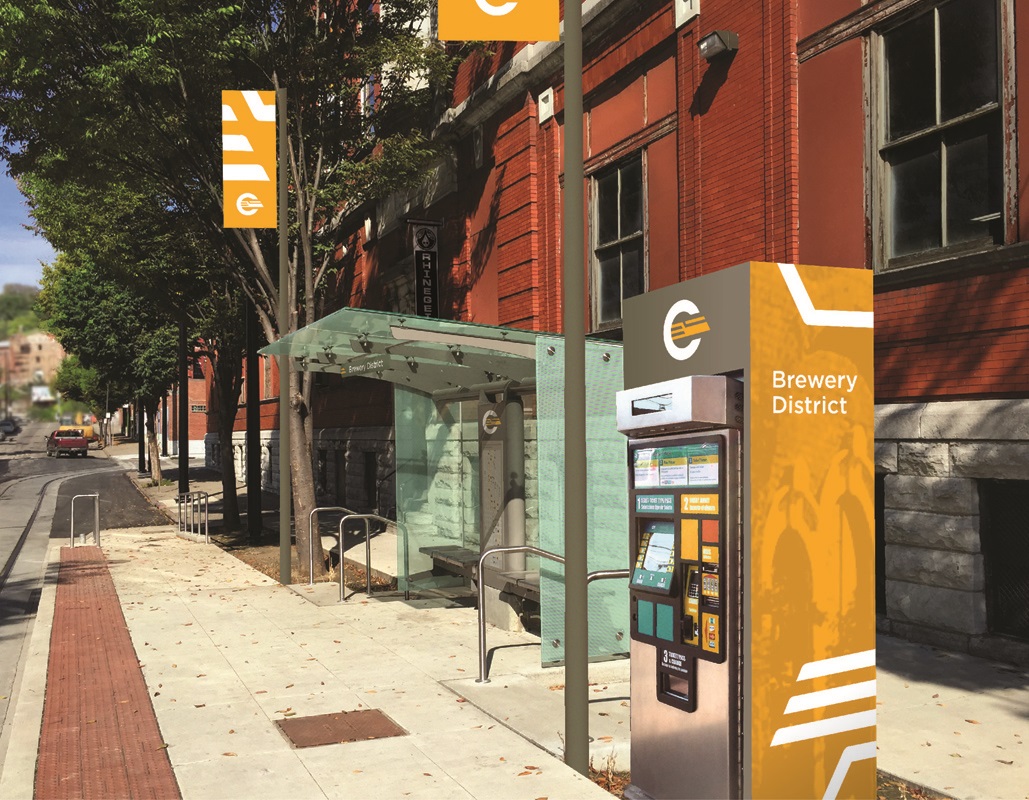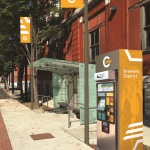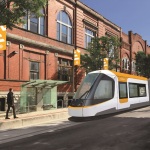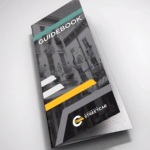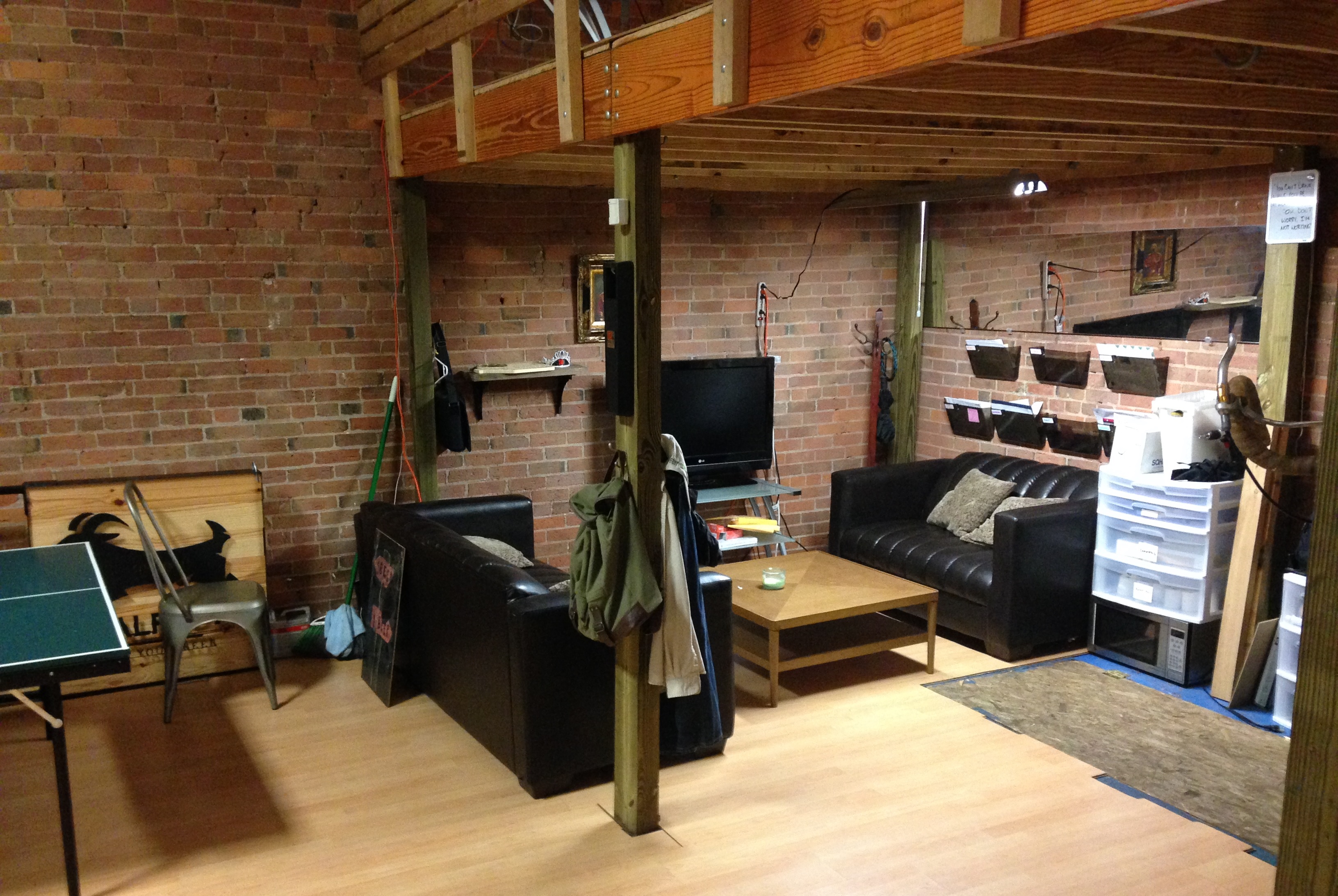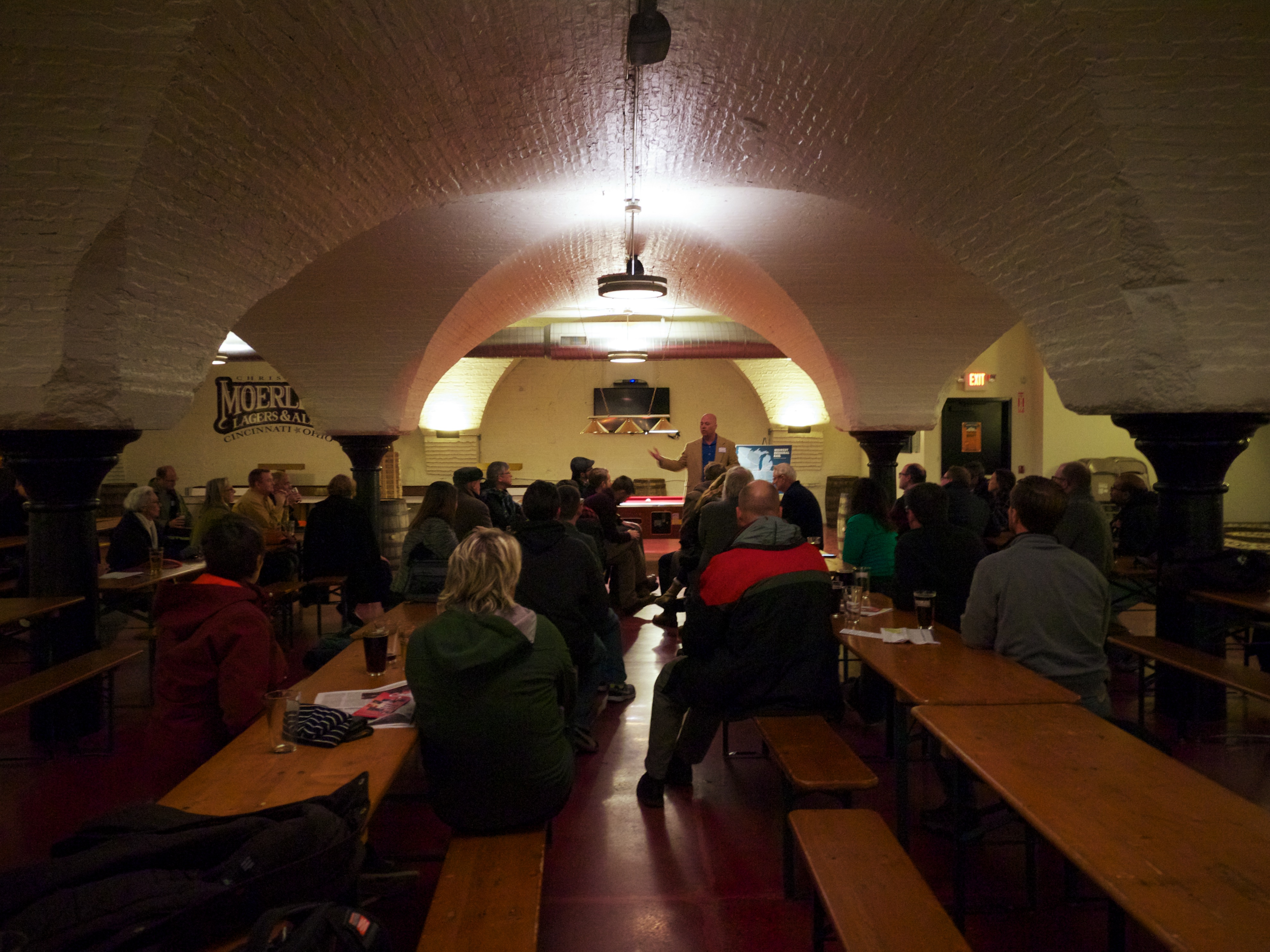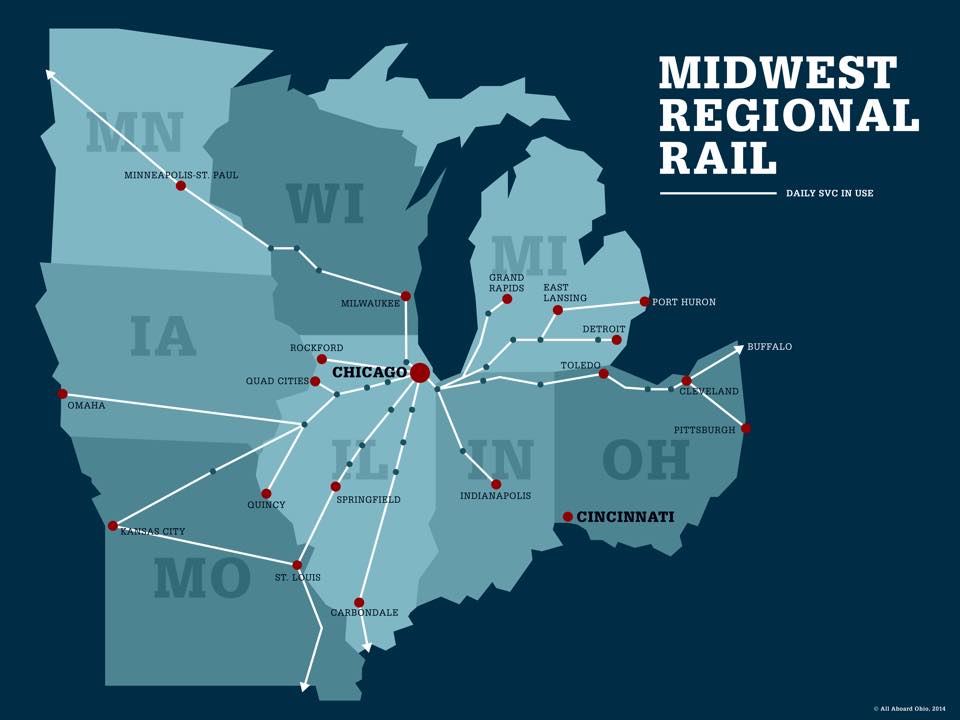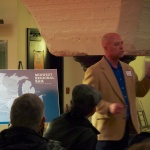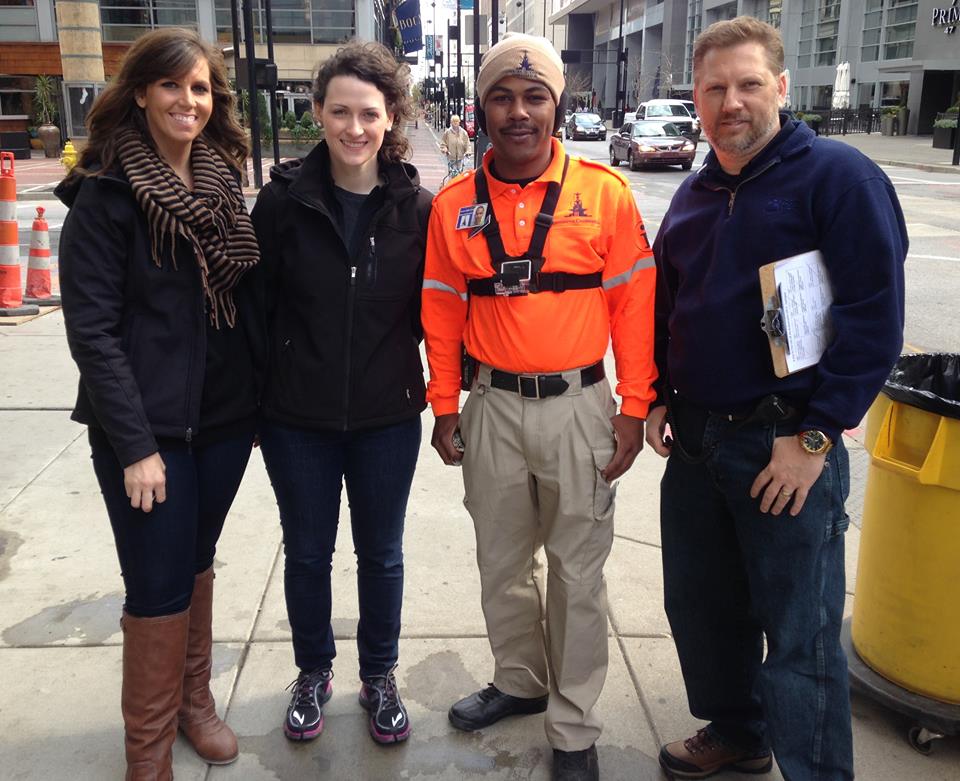Officials with the City of Cincinnati and Southwest Ohio Regional Transit Authority (SORTA) made several major announcements last week pertaining to the rollout of the Cincinnati Streetcar system.
While the design of the rolling stock and the system’s color scheme were revealed more than a year ago, the official branding for the new mode of transit for the Cincinnati region had not. SORTA officials say that the branding will be utilized all throughout the system including its fare cards, ticketing machines, uniforms, wayfinding, brochures, website and social media, and, of course, the trains and their stations.
The branding scheme was put together by Kolar Design, whose offices are located in the Eighth Street Design District just two blocks from the nearest streetcar stop, after competing with more than 100 other firms interested in the opportunity to developing the design scheme.
Project officials say that the $25,000 cost for the branding effort was paid for through Federal funds.
Founders Club Card Sales
At the same time, SORTA and City officials announced the availability of 1,500 Founders Club Cards. The sale of the cards, officials said, would help raise some initial funds to be used to help offset initial operating expenses.
Project officials have informed UrbanCincy that approximately half of the 1,500 cards were sold within the first 24 hours of going on sale; and that more than 1,000 had been sold by Friday. A limited number of Founders Club Cards are still available for purchase at the Second Floor Cashier’s Office at City Hall, Metro’s sales office in the Mercantile Arcade across from Government Square, and online at Metro’s website.
There are three card options available. The first goes for $25 and allows for unlimited rides for the first 15 days of service, which is currently pegged for 2016. The second and third options go for $50 and $100, and allow for unlimited rides for the first 30 and 60 days, respectively.
The commemorative metal cards and matching metal cases were seen by some as one of the first ways for Cincinnati Streetcar supporters to show their support. Having experienced strong sales thus far, it seems as Metro’s strategy may prove to be a success.
“This is one of the first tangible opportunities streetcar enthusiasts can show their support,” said City Councilwoman Amy Murray (R), Transportation Committee Chair. “This is a great idea that Metro has developed to generate excitement. I think many will appreciate the privilege of being a Founding Club Member with this commemorative card.”
Operating Agreement Finalized
Perhaps lost amid the other news was the signing of an official operating agreement. Under the current structure, the City of Cincinnati is building the system, and is its owner, but will contract out its operations to SORTA.
The Cincinnati Streetcar Operating & Maintenance Agreement first came out of Murray’s Transportation Committee and was approved 7-2 by City Council in early November. It calls for expanded on-street parking enforcement in Downtown and Over-the-Rhine until 9pm, an increase in parking rates in those two neighborhoods, and a set streetcar fare of $1 for two hours.
The agreement also utilizes an innovative technique that would lower property tax abatements 7.5%. This is an important component of the agreement as it addresses a longstanding call from opponents for those benefiting from real estate valuation increases to cover more of the costs of modern streetcar system. It also eliminates the need to utilize the Haile Foundation’s $9 million pledge, and would instead only tap into those funds in a worst-case scenario.
Project officials estimate that the system will cost approximately $3.8 to $4.2 million annually to operate, and that those costs would be covered by $1.5 million in additional on-street parking revenue in Downtown and Over-the-Rhine, $1.3 million from fares and advertising, and an estimated $2 million annually from the tax abatement reductions.
“This is the most innovative plan I’ve seen in the United States,” stated John Schneider, noted transit advocate and real estate developer, at the time of City Council’s approval in November.
The SORTA Board approved the agreement last week and touted the benefits of having operations of the Cincinnati Streetcar be handled through Metro, which also runs the region’s largest bus service.
In addition to the critical financing elements of the agreement, it also delineates various responsibilities once service goes into effect. To that end, the City of Cincinnati will be in charge of maintaining traffic signals, clearing blockages from the streetcar path, cooperation on utility interfaces, safety and security; while SORTA will be responsible for operating the system, maintaining vehicles and facilities, fare collection provision and maintenance, marketing and advertising sales.
Construction on the $148 million first phase of the Cincinnati Streetcar continues to progress, with most track work in Over-the-Rhine now complete and track work now progressing through the Central Business District. Current time frames call for operations to begin in September 2016.
